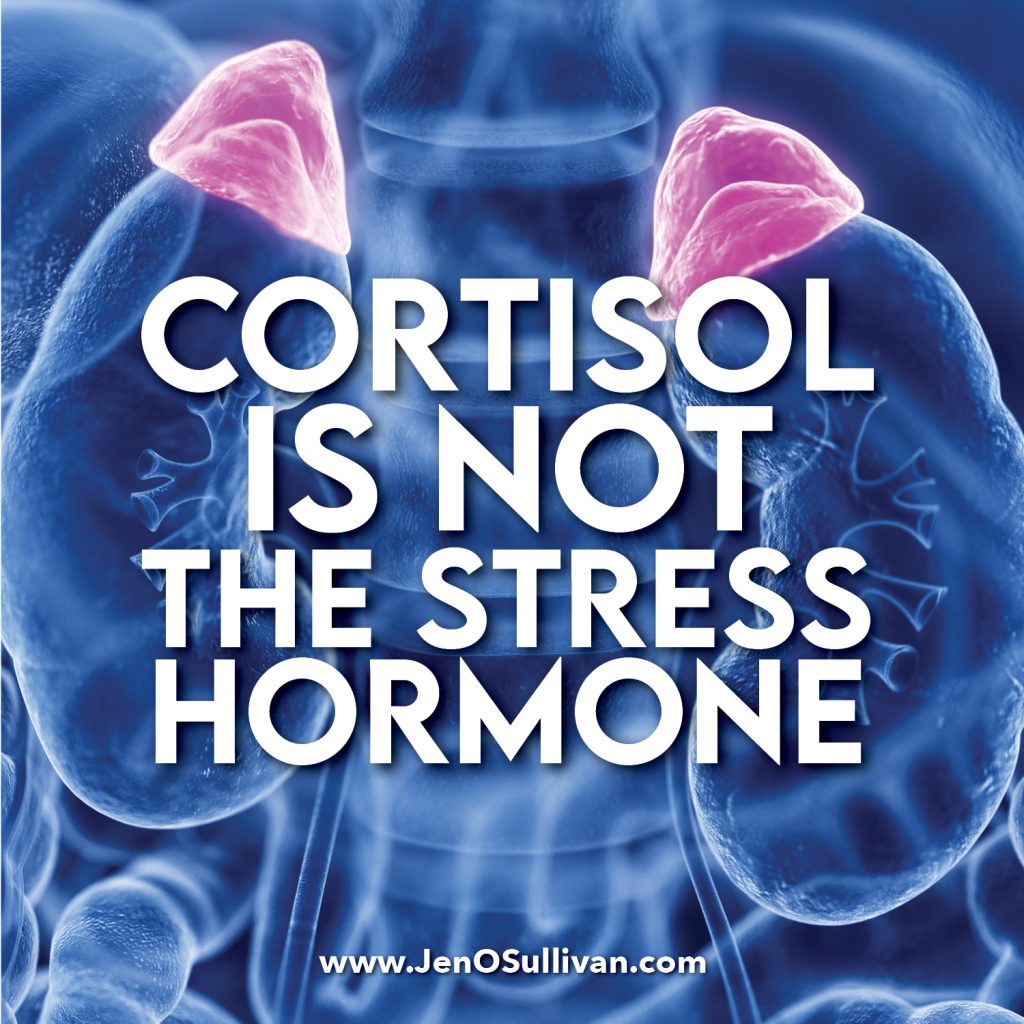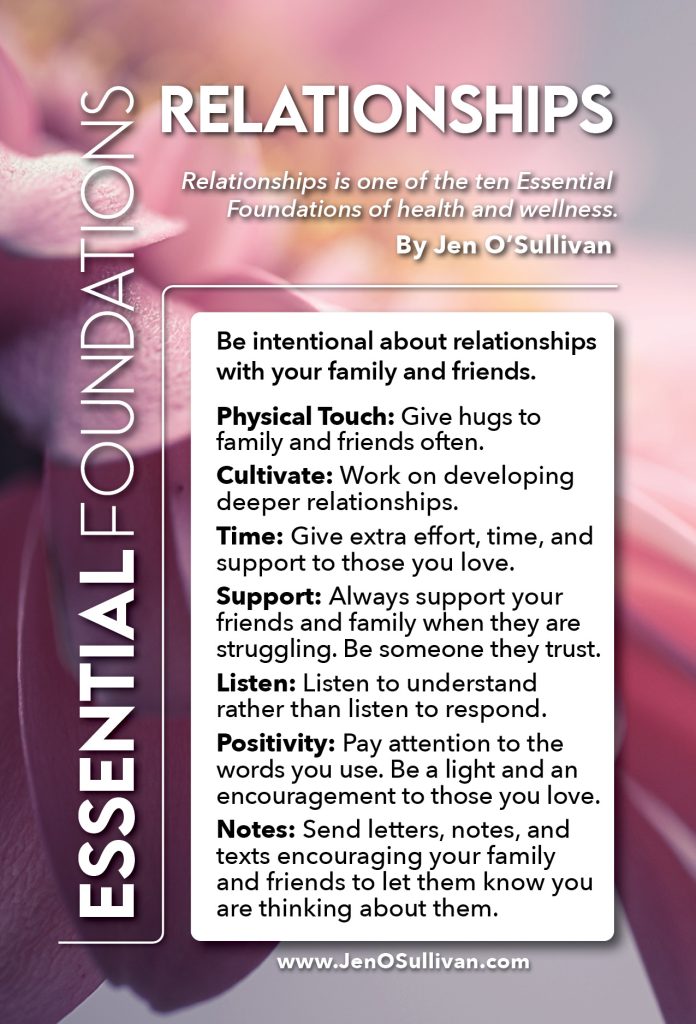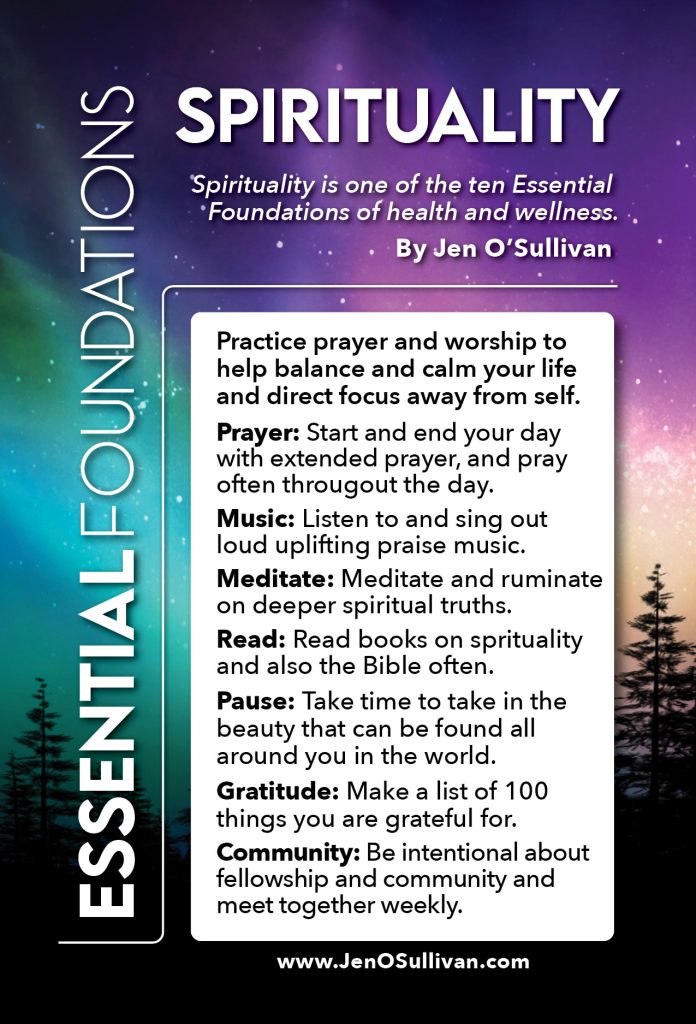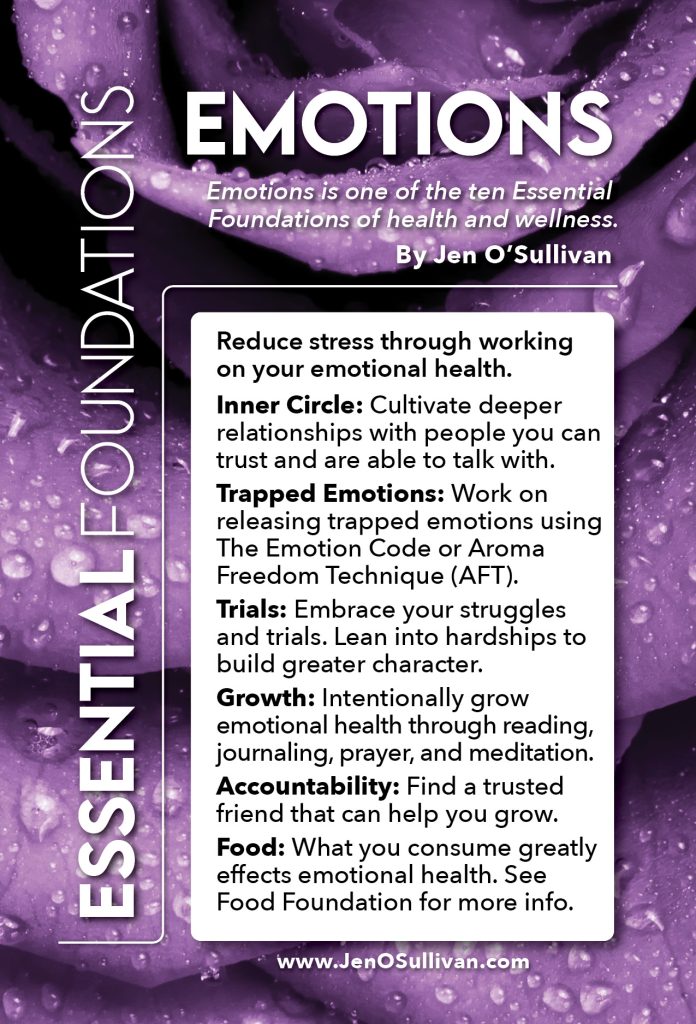
By Jen O’Sullivan
Cortisol, often referred to as the “stress hormone”, is not actually that. We call it this because when our adrenals are overactive from stress we can have too much cortisol. Cortisol is actually our wake hormone. When functioning properly, cortisol is released in the early hours of the morning to gently wake us up and keep us awake throughout the day.
In my practice many people have overworked adrenals and their cortisol has been working overtime from excess stress which will eventually cause a reversal of energy. This causes a difficulty waking up and usually a surge of energy around 7pm coupled with a difficulty going to sleep.
To support proper adrenal function, it is important to remove all sources of caffeine as that can cause your endocrine system more confusion by telling you that you do not need wake hormone in the morning since you are providing a shot of caffeine. This will cause you to be extremely tired at around 2pm.
It is best to wake to natural sunlight, or use a full spectrum light and look at this light for about 10 minutes while doing deep breathing exercises. Drink around 8 ounces of pure water to oxygenate your cells and help mitochondrial function (ATP) to wake up. Reduce stress and consider taking some adaptogenic herbs to allow your body to adapt to stress better such as ashwagandha, cordyceps, or turmeric.





